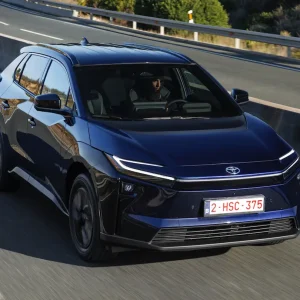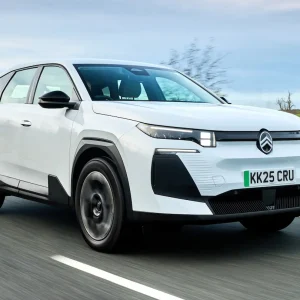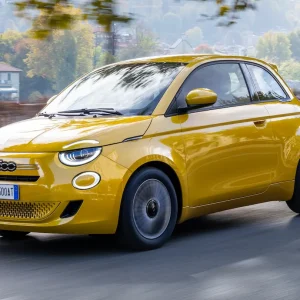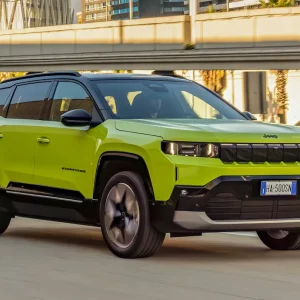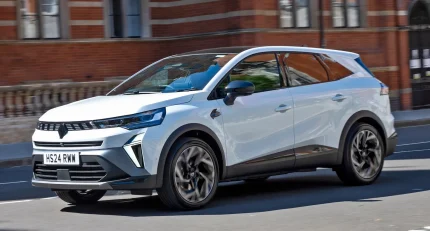
The Symbioz is Renault’s new medium SUV. Which might surprise you, because the company already has three models of this type – the hybrid Austral and Arkana, and the electric Scenic E-Tech. Renault’s explanation is that the Symbioz is its new entry-level model for the C-segment, slotting into its range above the B-segment Captur, the updated version of which we drove recently.
Drive and performance
Only one engine option is available with the Symbioz – a 145hp conventional hybrid. Its performance and operation are generally fine, although you do get occasional periods of unexpected high revving when driving normally around town, and high revs are also sustained for a bit longer than necessary after burst of acceleration. Also, a fair bit of road noise does enter the cabin at speed.
The Symbioz prefers a relaxed attitude to cornering, seeming to lose a bit of composure when pushed hard, though we doubt that will be a problem for most family SUV drivers.
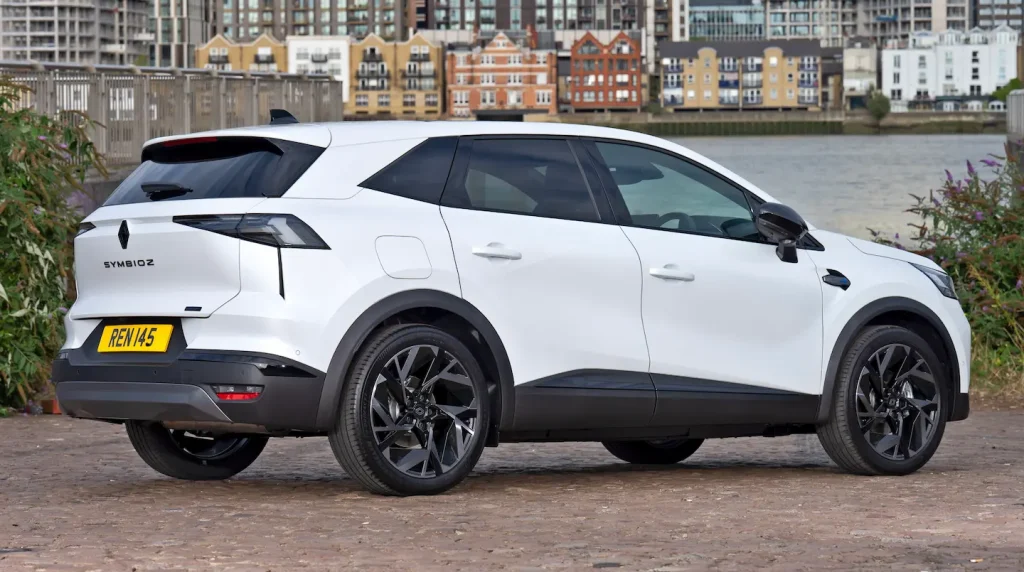
The Symbioz rides fairly well, with the suspension doing a pretty good job of mitigating bumpy roads. This is helped by good seats, which offer a nice degree of squishiness as well as support.
Interior
For a range-topping spec, we would say the interior trim with the Iconic Esprit Alpine equipment grade tested is decent but no better than that, although there is an interesting mix of materials used. Blue-trimmed seatbelts we think would be more at home in a hot hatch than a family SUV.
Google-based infotainment is standard throughout the range, accessed through a 10.4in vertical touchscreen. Beneath this sits climate control shortcut toggles – though the quality of these doesn’t feel great. Also standard with all Symbiozes is a 10.25in driver display.
As with the smaller Captur, the rear seats in the Symbioz slide, allowing rear legroom to be traded for extra boot space. With the seats in the fully-rearward position rear legroom is decent – the boot couldn’t be extended much with an adult sat there, but in fairness the boot looks a good size even at the default 434 litres. Rear headroom is tight for taller adults (especially so in the middle seat) despite Renault saying the Solarbay sunroof fitted with the Iconic Esprit Alpine grade is better in this respect than a conventional sunroof would be.
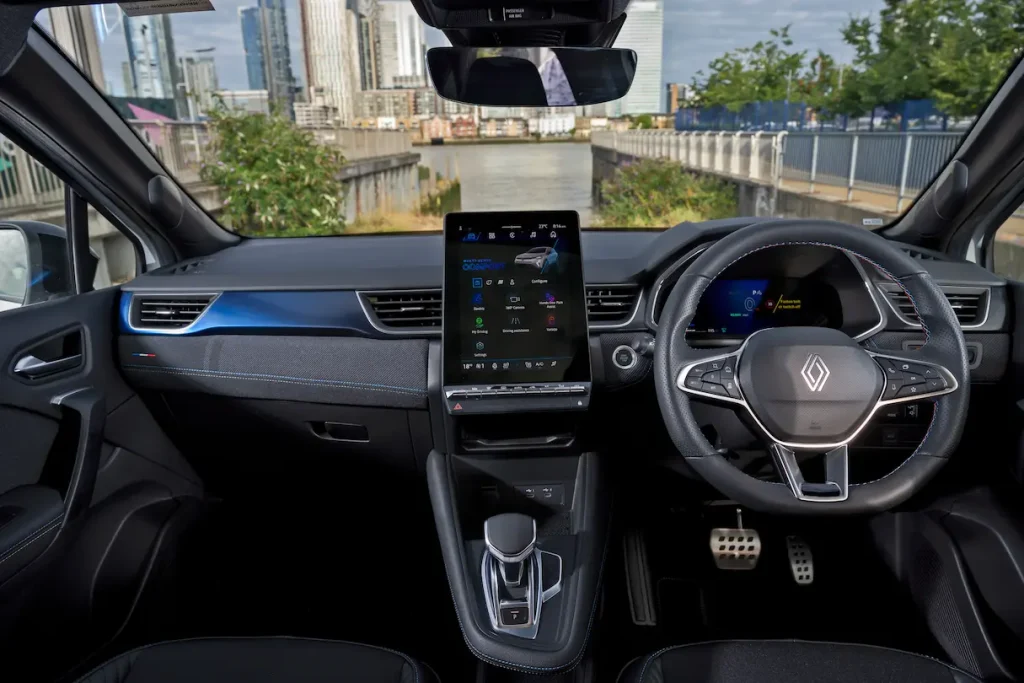
This roof, which features glass that can be switched between transparent and opaque, is a cool and interesting feature nonetheless, though it can’t be physically opened. Renault also tells us that it does reflect the sun’s rays when in the opaque setting, preventing the car becoming sauna-like if parked in sunshine – important since there is no traditional sliding cover.
Given Renault’s ‘entry point’ claims for the Symbioz, you’d expect it to offer good value for money – and it doesn’t disappoint. Compared with equivalent versions of alternatives such as the hybrid Kia Sportage and Toyota C-HR, and the Nissan Qashqai E-Power, the Symbioz comes in much cheaper on P11D, and also uses less fuel in official testing, while a lower CO2 rating also means it falls under a lower company car tax BIK band. It’s a set of figures we’d expect to catch the eye of fleet buyers shopping in this segment.
Positive: Low P11D value, efficient hybrid powertrain, practical sliding seat
Negative: Powertrain sometimes unrefined, some interior quality quibbles
Standard equipment: 18in alloy wheels, dark tinted rear windows and tailgate, full LED front and rear lights, automatic air conditioning, hands-free keycard with keyless access and start, 10.4in touchscreen with built-in Google Automotive including sat-nav, 10.25in driver display, wireless Apple Carplay and Android Auto connectivity, wireless smartphone charger, four USB-C ports, active emergency braking with pedestrian/cyclist detection, driver attention alert, adaptive cruise control with speed limiter, reversing camera.
Engines: Hybrid: 145hp 1.6
Equipment grades: Techno, Techno Esprit Alpine, Iconic Esprit Alpine
Transmissions: Six-speed automatic
| Model | Renault Symbioz Iconic Esprit Alpine E-Tech full hybrid |
| P11D | £33,055 |
| Residual value | 48.4% |
| Depreciation | £16,680 |
| Fuel | £6,576 |
| Service, maintenance and repair | £2,241 |
| Cost per mile | 42.49p |
| Fuel consumption | 60.1mpg |
| CO2 (BIK%) | 107g/km (26%) |
| BIK 20/40% a month | £143/£286 |
| Luggage capacity | 434 litres |
| Engine size/power | 1,598cc/145hp |
| Score | 8/10 |

